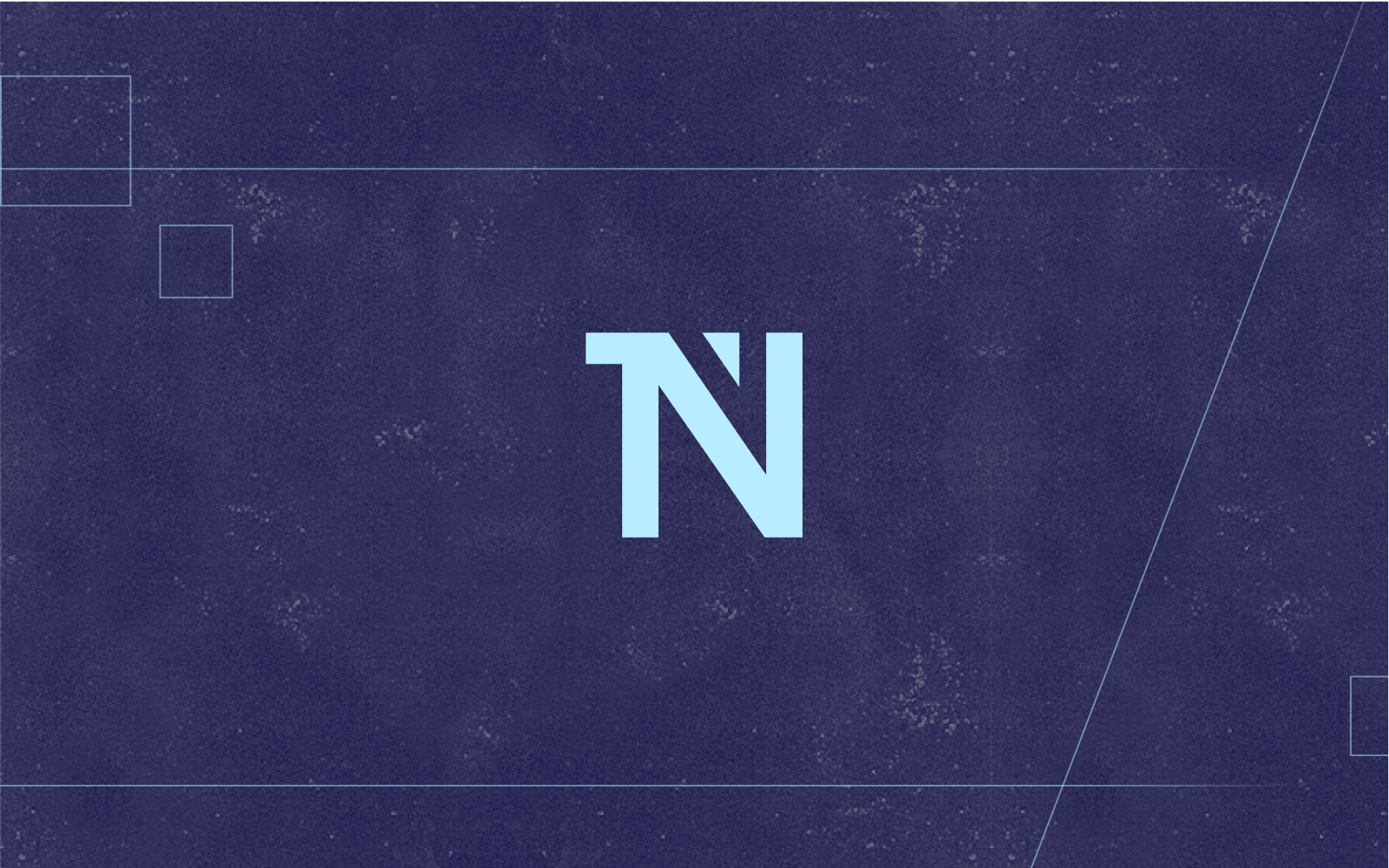


What’s the difference between “No” vs. “Not Yet” from a VC?
Almost seven years ago, I wrote a post about the difference between a “no” answer and a “no yet” when pitching early-stage VCs. This was back in January 2012, a simpler time… when there was only one kind of seed round, when Series A firms invested pre-revenue, etc.
No, this is not some waxing nostalgic post. But today we live in a world where there is a broad spectrum of seed rounds, many startups raise more than one, “Series A” rounds can range from $3M to $20M+, and the ecosystem of early stage investors continues to evolve. So I thought it was useful to revisit this question of “no” vs “not yet”.
Parsing Seed & Early-Stage VCs
We’ve talked about the atomization of seed for a number of years now. The number of seed investors has increased in the last 5 years and the median startup now raises multiple chunks of seed stage capital before raising a “Series A” round. In this environment, founders have to start parsing the seed VC landscape with a finer lens to find the ones that may be appropriate for their startup. This is true not only in that some seeds funds specialize in certain sectors or types of companies. Increasingly some seed VCs are specializing in a particular segment of the “spectrum” of seed stage. [NB For the record, NextView invests in startups at all phases of seed]
It’s less widely discussed, but a similar phenomenon has been occurring at the Series A stage. As the breadth of kinds of A rounds continues to grow, some early-stage VC firms are focusing on smaller/earlier Series A rounds while others pursue the $10–20M+ rounds for companies with extraordinary commercial momentum or technical differentiation. Some Series A are very active at the seed stage, with a lot of Series A rounds they lead coming from their seed portfolio (True Ventures and Accomplice are good examples of this).
The bottom line is that founders have to understand potential seed and Series A investors. As I’ve said before, raising capital for an early-stage startup is a sales process like any other and properly qualifying prospects is a necessary first step. So learning which investors are comfortable with concept stage pre-seed vs post-product seed vs small Series A vs big “momentum” A is an important part of qualifying potential investors.
When “Too Early” Isn’t a “No”
Assuming entrepreneurs have thoroughly qualified potential lead investors, if a VC says a startup is “too early” for them it’s usually a form of a soft pass. This is particularly true at the Series A stage. Investors love to maintain optionality for investing in the future if a startup does really well. But in practice, the vast majority of the time that VC says something is too early they don’t ultimately end up pursuing an investment in that startup in the future.
So when is “too early” in fact just that? In these less common cases, a VC will typically try to be very explicit about what “too early” is and also convey a demonstrable interest in that particular startup. So for example, if founders are raising a concept stage pre-seed and some seed VCs may be explicit that they prefer to invest post-product in a larger multi-million $ seed round. Or a Series A investor will be explicit if they don’t invest at seed stage, and so on.
The atomization of early-stage VC does create some additional burdens for founders to better understand and qualify potential seed and Series A investors. “Too early” is unfortunately usually a polite way of saying “not interesting enough to me”. But the silver lining is that there are more seed and A round investors active than ever before, so the true believers are out there.





